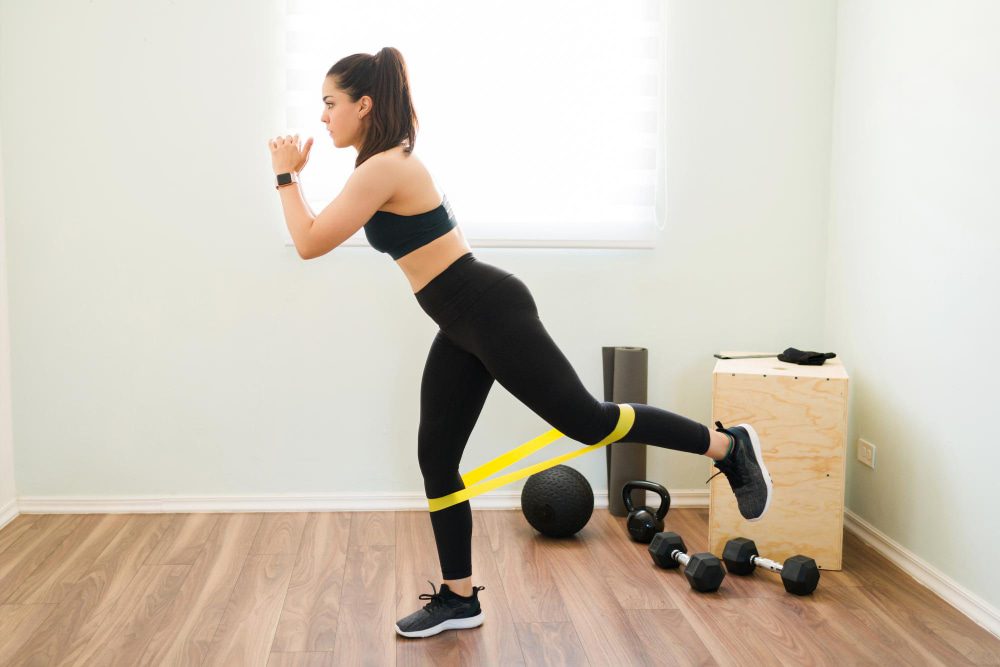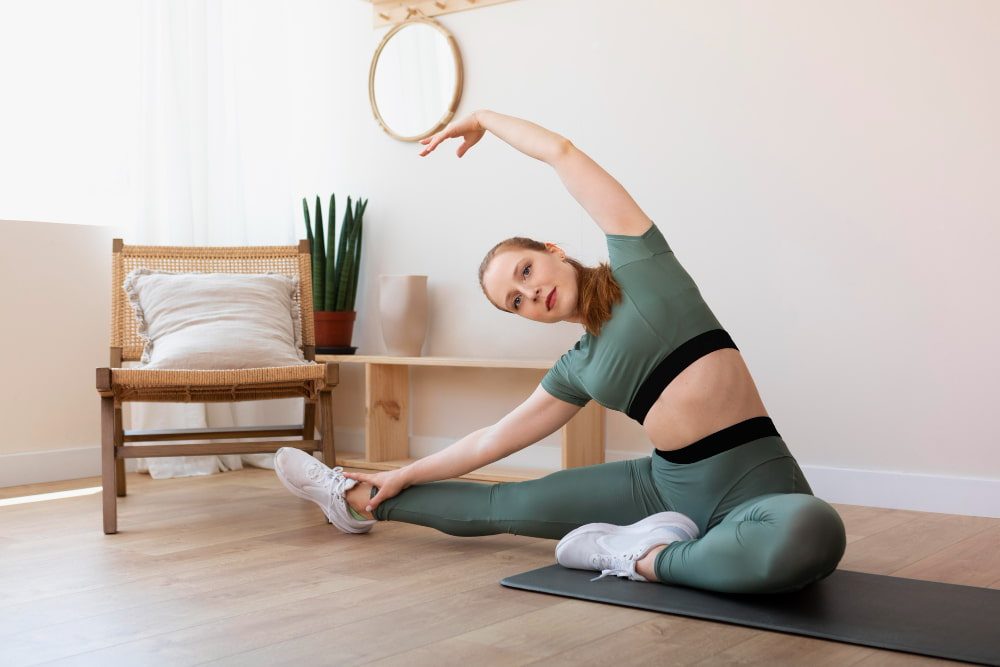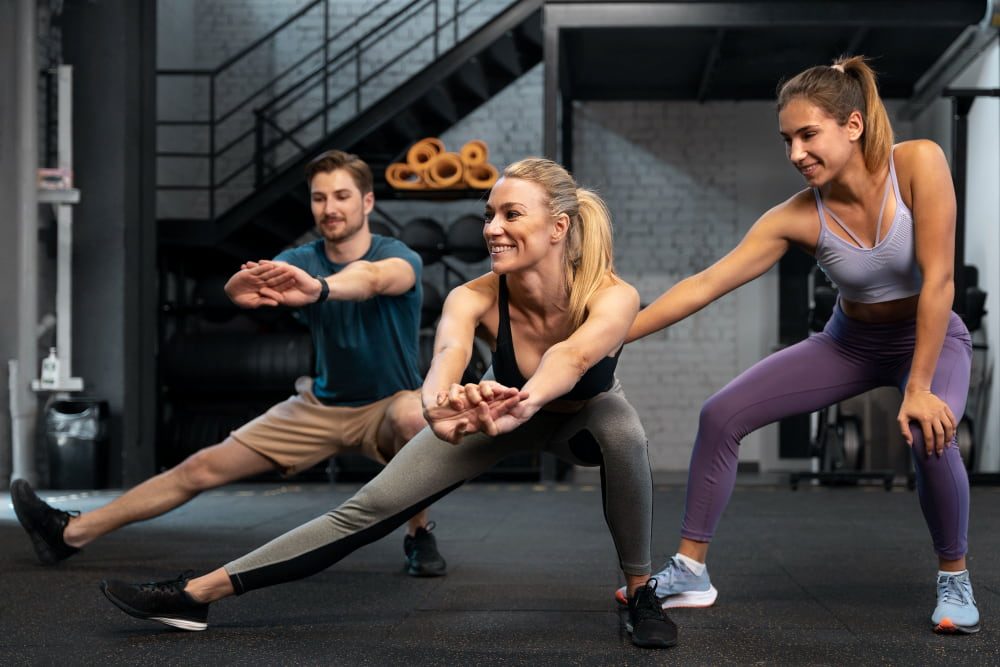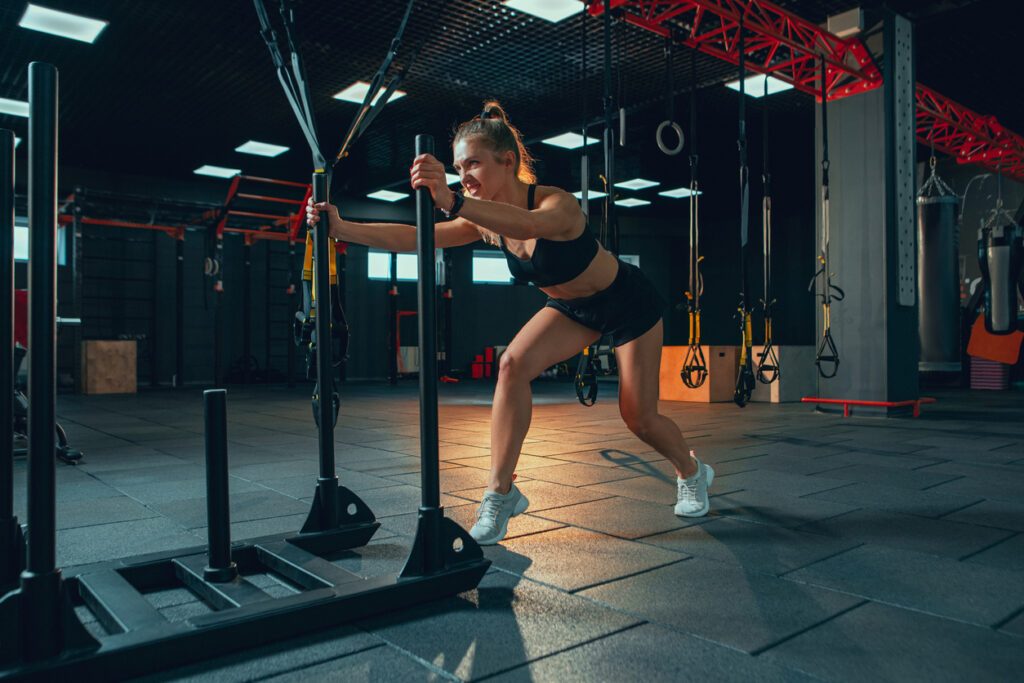
Summary
Welcome / Welcome / Tips for getting started / How to relax your muscles in HIIT
How to relax your muscles in HIIT
Are you looking to know how to relax your muscles after a HIIT session? You are in the right place. This article offers you a complete guide to optimize your recovery.
Introduction
HIIT is intense and puts a lot of strain on your muscles. Without proper relaxation, you risk pain and injury. Discover stretching techniques, massage, and nutritional advice for optimal recovery.
Après une séance intense de HIIT (High-Intensity Interval Training), la détente musculaire est une étape cruciale que beaucoup négligent. Imaginez vos muscles comme des cordes d’arc tendues après une telle activité. Si elles ne sont pas relâchées correctement, les douleurs et les blessures peuvent survenir rapidement. Détendre ses muscles après un HIIT permet non seulement de réduire les tensions, mais aussi de prévenir les courbatures et d’améliorer la récupération.
L’objectif de cet article est de vous fournir un guide complet pour détendre vos muscles efficacement après une séance de HIIT. Vous y découvrirez des techniques simples et efficaces pour relâcher les tensions musculaires et favoriser une récupération optimale. Que vous soyez un athlète aguerri ou un débutant enthousiaste, ces conseils vous aideront à profiter pleinement des bienfaits de vos séances de HIIT tout en préservant votre corps.
What is HIIT?
Le HIIT, ou High-Intensity Interval Training, est une méthode d’entraînement qui alterne des périodes d’effort intense avec des périodes de récupération active ou de repos complet. Cette approche permet de maximiser les bénéfices en un minimum de temps. Contrairement à d’autres formes d’exercice, le HIIT ne nécessite pas de longues heures à la salle de sport. En 20 à 30 minutes, une séance de HIIT peut vous offrir un entraînement complet et efficace.
Benefits of HIIT
HIIT is particularly appreciated for its many benefits. Here are a few :
- Improved physical condition : En sollicitant rapidement le cœur et les muscles, le HIIT améliore la capacité cardiovasculaire et l’endurance.
- Effective weight loss : Le HIIT stimule le métabolisme et favorise la combustion des graisses, même après l’exercice, grâce à l’effet « afterburn ».
- Time saving : With short but intense sessions, HIIT is ideal for those with a busy schedule.
Exemples d’exercices HIIT courants
Pour vous donner une idée plus concrète, voici quelques exemples d’exercices typiques en HIIT :
- Sprints : Run at full speed for 30 seconds, followed by 1 minute of walking or light jogging.
- Burpees : Perform sets of intense burpees for 20 seconds, followed by 10 seconds of rest.
- Jump Squats : Perform jump squats for 30 seconds, then rest for 30 seconds.
Why Muscle Relaxation is Crucial after HIIT
Muscle relaxation after a HIIT session is an essential step to keep your body in good health and avoid contractures. After an intense workout, your muscles are like compressed springs, ready to relax. Ignoring this recovery phase can lead to pain and injury, which could compromise your progress and well-being.
Benefits of Muscle Relaxation
Relaxing your muscles after HIIT offers many benefits:
- Reduction of muscle pain : Les étirements et autres techniques de détente aident à dissiper l’acide lactique accumulé dans les muscles, réduisant ainsi les courbatures post-entraînement.
- Injury prevention : Proper recovery allows muscles and joints to relax and recover, reducing the risk of strain and injury.
- Improved blood circulation : Techniques like foam rolling increase blood flow to the muscles, thereby speeding up the recovery process.
Impact of HIIT on Muscles
HIIT intensely uses the muscles in a very short time, causing micro-tears in the muscle fibers. These micro-tears are necessary for muscle growth, but they also require adequate recovery to repair properly. Without proper muscle relaxation, these micro-tears can worsen, leading to persistent pain and long-term injury.
L’importance de la récupération après le HIIT ne peut être sous-estimée. Non seulement elle améliore votre confort et votre bien-être, mais elle optimise aussi vos performances futures. Prendre le temps de détendre vos muscles vous permettra de revenir plus fort et plus performant à chaque séance.
Muscle Relaxation Techniques after a HIIT Session
After a HIIT session, your muscles need special care to recover and regenerate. Here are some effective techniques to relax your muscles and promote optimal recovery.
Static Stretches : These stretches involve holding a stretching position for 20 to 30 seconds. They help to lengthen and relax tight muscles. For example :
- Hamstring stretch : Sit with your legs straight and reach for your toes.
- Quadriceps stretch : Tenez-vous sur une jambe, pliez l’autre vers l’arrière et attrapez votre pied.
- Calf stretch : Place your hands against a wall, one leg forward and the other extended backwards, heel on the floor.
Dynamic stretches : These movements involve a slight swing or movement to improve flexibility and mobility. For example :
- Leg swings : Standing, swing one leg back and forth.
- Arm rotations : Make circles with your arms to relax your shoulders and upper back.
Using Massage Rollers
Benefits : Foam rolling helps improve blood circulation and reduce muscle tension. It acts like a self-massage, targeting areas of tension and facilitating recovery.
How to do : Gently roll over tight muscles for 1 to 2 minutes. Focus on the following areas:
- Quadriceps : Lie face down on the ground, roll under the thighs, and make back and forth movements.
- Calves : Sit down, place the roller under the calves, and use your hands to move around.
- Back : Lie on the roller with your knees bent, and gently roll along your spine.
Breathing and Relaxation Techniques
Deep breathing : This method helps reduce stress and promote muscle relaxation. Try the 4-7-8 breathing technique:
- Inhale through your nose for 4 seconds.
- Hold your breath for 7 seconds.
- Exhale slowly through your mouth for 8 seconds.
Progressive muscle relaxation : Cette technique consiste à tendre puis relâcher les groupes musculaires de manière progressive. Commencez par les pieds et remontez jusqu’à la tête, en contractant chaque groupe musculaire pendant quelques secondes avant de relâcher.
Hot Bath and Heat Therapies
Hot bath : Immersing yourself in a hot bath helps relax muscles and improve blood circulation. Add Epsom salts for an even more relaxing effect.
Heating patches : Apply heat patches to tight muscles to relieve pain and stiffness. Penetrating heat helps deeply relax muscles.
Nutrition and Hydration for Muscle Recovery
Une bonne récupération musculaire ne se limite pas aux étirements et aux massages. La nutrition et l’hydratation jouent un rôle essentiel pour aider votre corps à se remettre des séances de HIIT. Voici comment optimiser votre alimentation et votre consommation d’eau pour une récupération efficace.
Hydration
L’hydratation est cruciale avant, pendant et après l’exercice. Une bonne hydratation aide à maintenir les fonctions corporelles et à avoid muscle cramps.
- Avant l’exercice : Buvez environ 500 ml d’eau une à deux heures avant votre séance de HIIT pour bien préparer votre corps.
- Pendant l’exercice : Prenez de petites gorgées d’eau toutes les 15 à 20 minutes pour compenser la perte de fluides due à la transpiration.
- Après l’exercice : Buvez au moins 500 ml d’eau immédiatement après votre séance pour réhydrater votre corps. Les boissons électrolytiques peuvent également être bénéfiques pour reconstituer les sels minéraux perdus.
Post-HIIT Nutrition
Une alimentation équilibrée après une séance de HIIT est essentielle pour réparer les muscles et reconstituer les réserves d’énergie. Voici quelques conseils pour optimiser votre nutrition post-entraînement :
- Proteins : Proteins are the building blocks of your muscles. Consume a source of protein within 30 minutes of your session to promote muscle repair. Examples: a protein smoothie, Greek yogurt, or a protein bar.
- Carbohydrates : Les glucides sont essentiels pour reconstituer les réserves de glycogène de vos muscles. Associez-les aux protéines pour une récupération optimale. Exemples : une banane avec du beurre d’amande, des flocons d’avoine avec des fruits, ou du riz brun avec des légumes.
- Lipids : Intégrez des graisses saines pour aider à l’absorption des vitamines et soutenir les fonctions corporelles. Exemples : avocat, noix, ou huile d’olive.
Examples of post-HIIT meals
Here are some ideas for balanced meals to help with recovery after a HIIT session:
- Protein Smoothie : Mélangez du lait d’amande, une banane, des épinards, une cuillère de protéine en poudre et quelques graines de chia.
- Quinoa bowl : Quinoa, grilled vegetables, grilled chicken and a Greek yogurt-based sauce.
- Toast à l’avocat : Wholemeal bread, crushed avocado, poached egg and a pinch of sesame seeds.
Conclusion
Détendre ses muscles après une séance de HIIT est essentiel pour éviter les douleurs et favoriser la récupération. Les techniques d’étirements, de massage, de respiration et les thérapies de chaleur sont très efficaces. Une bonne hydratation et une nutrition adéquate complètent cette routine.
HIIT works the muscles intensely, making recovery crucial. The relaxation methods described help reduce tension and improve blood circulation. Following these tips helps you stay fit and prevent injuries.
Regain strength with DRIP
Do you want to boost your training? Come to DRIP! Our varied equipment will put you at ease and help you surpass yourself.
At DRIP, it's simple: 7 different exercises, 3 rounds, 1 minute per exercise. Continue without a break to burn as many calories as possible! Our coaches, catchy playlists and immersive lights will motivate you like never before.
Whatever your level, you are welcome at DRIP!
Ready to sweat? Join us in our Parisian studios in Monceau or Grands Boulevards. You will love to hate us! ❤️🔥
Share
Tagged
Read also
follow us
on instagram
To follow all our news,
take advantage of our tutorials and participate
in our many competitions.
BREAKING NEWS!
Receive our newsletter.






